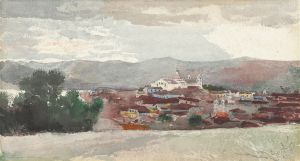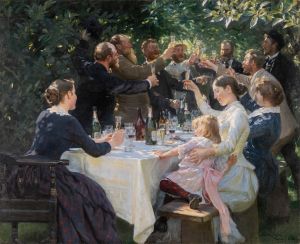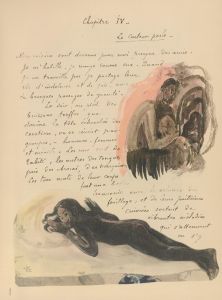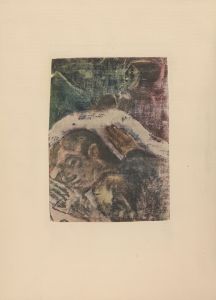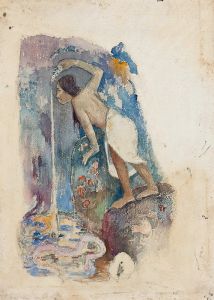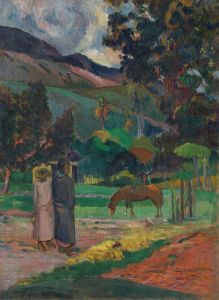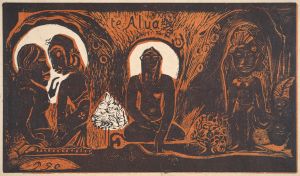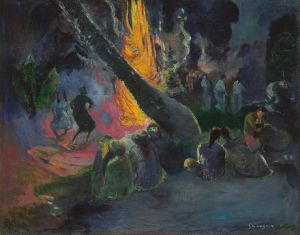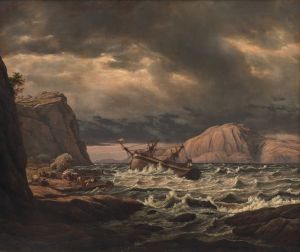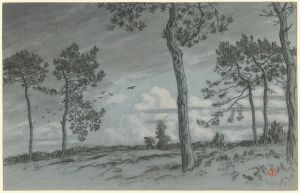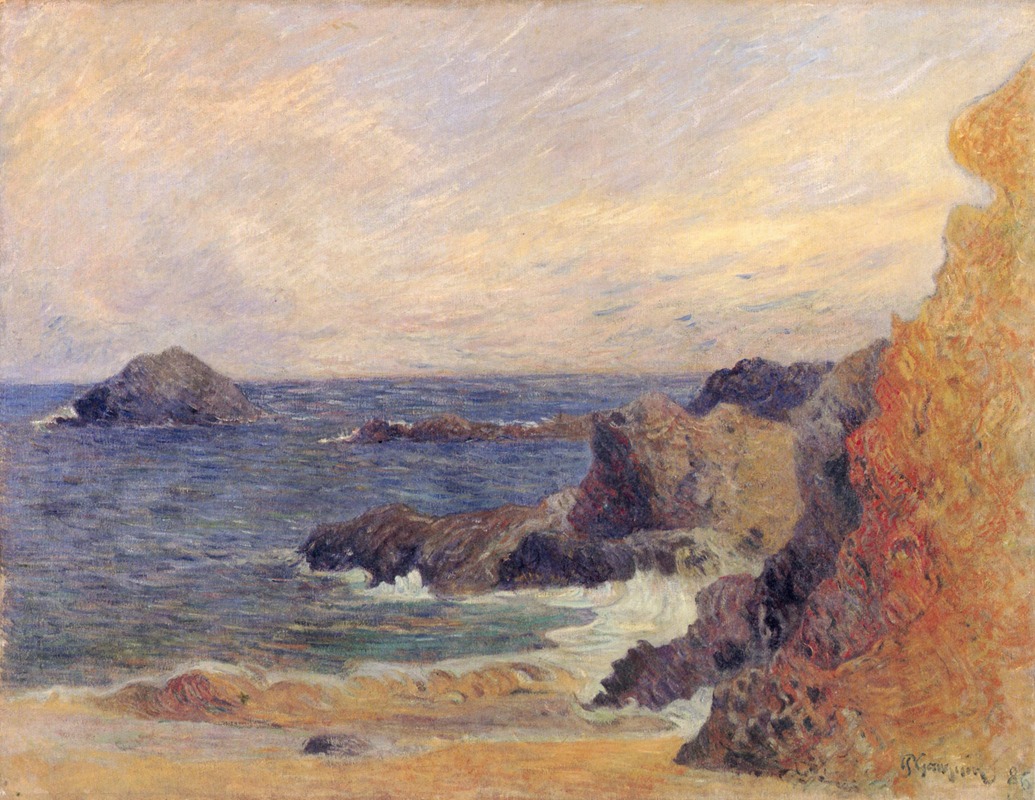
La Côte rocheuse, ou Rochers au bord de la mer
A hand-painted replica of Paul Gauguin’s masterpiece La Côte rocheuse, ou Rochers au bord de la mer, meticulously crafted by professional artists to capture the true essence of the original. Each piece is created with museum-quality canvas and rare mineral pigments, carefully painted by experienced artists with delicate brushstrokes and rich, layered colors to perfectly recreate the texture of the original artwork. Unlike machine-printed reproductions, this hand-painted version brings the painting to life, infused with the artist’s emotions and skill in every stroke. Whether for personal collection or home decoration, it instantly elevates the artistic atmosphere of any space.
Paul Gauguin's painting La Côte rocheuse, ou Rochers au bord de la mer (translated as The Rocky Coast, or Rocks by the Sea) is a work that reflects the artist's fascination with natural landscapes and his distinctive approach to post-Impressionist art. Created in 1886, this painting is part of Gauguin's early exploration of themes and techniques that would later define his artistic career.
The painting depicts a rugged coastal scene, with jagged rocks and the sea dominating the composition. Gauguin's use of bold colors and simplified forms is evident, showcasing his departure from the more detailed and realistic style of Impressionism. The work captures the raw beauty of nature, emphasizing texture and the interplay of light and shadow on the rocky surfaces. The sea, rendered in varying shades of blue and green, adds a dynamic element to the composition, contrasting with the solidity of the rocks.
La Côte rocheuse was painted during a period when Gauguin was spending time in Brittany, a region in northwestern France known for its dramatic landscapes and traditional culture. Brittany served as a source of inspiration for many artists of the time, including Gauguin, who was drawn to its unspoiled scenery and the simplicity of rural life. This painting reflects his interest in capturing the essence of the natural world, a theme that would remain central to his work.
The painting is notable for its use of color and form, which hint at Gauguin's later development of Symbolism and his experiments with abstraction. While this work is less stylized than his later Tahitian paintings, it demonstrates his growing interest in moving beyond the conventions of Impressionism to create a more personal and expressive visual language.
Today, La Côte rocheuse, ou Rochers au bord de la mer is recognized as an important example of Gauguin's early work. It provides insight into his artistic evolution and his efforts to break away from traditional artistic norms. The painting is held in the collection of the Musée d'Orsay in Paris, where it is displayed alongside other works by Gauguin and his contemporaries, offering viewers a glimpse into the transformative period of late 19th-century art.
This artwork remains a testament to Gauguin's ability to capture the spirit of a place while experimenting with form and color, laying the groundwork for his later, more iconic works.






